Your target customers are different individuals with different needs and preferences. So when it comes to marketing to them, there’s no one-size-fits-all solution that’s going to work.
Sure, you may get some positive results from bundling all of your target customers together into one group. But those results are nothing compared to the conversions you can get through market segmentation.
In this post, you’re going to learn more about market segmentation, and how you can use it to boost conversions.
Table of Contents
Why You Need Market Segmentation
Market segmentation involves dividing potential (and existing) customers into different groups, depending on certain characteristics. Each group, or segment, is made up of consumers who share similar characteristics such as interests, location, or needs.
The people in each segment will likely respond to certain marketing tactics in similar ways. So you can use those segments to create personalized marketing campaigns.
Most large organizations and worldwide retailers are already using segmentation in marketing. You may be a small business owner with only a handful of target customers. Or a relatively new ecommerce website. But that doesn’t mean you don’t need segmentation in marketing.
Every business – no matter how small – can benefit from market segmentation.
Here are some of the biggest benefits:
- More Efficient – Market segmentation allows you to target relevant segments instead of targeting each individual separately. It allows you to group together similar customers, and launch marketing campaigns designed for each group. By targeting groups of consumers rather than individuals, you can use your time and money more efficiently.
- More Effective – With market segmentation, you can avoid creating a generic campaign to target all potential customers in general. Instead, you can create a marketing strategy to reach different types of consumers. In ways that will resonate most with each segment. This will increase the effectiveness of your marketing campaigns.
- Better Allocation of Resources – You can also use segmentation in marketing to determine which consumer segments to prioritize. For example, you may find that a certain segment is more likely to engage with your brand and convert. So you can concentrate your efforts to boost conversions on them instead of spreading your resources evenly across all segments.
Whether it's for an email marketing campaign, or a PPC campaign, you can use segmentation in marketing to boost your conversion rate. In fact, a MailChimp study found that segmented email campaigns had a 14.31% higher open rate, and a 100.95% higher click rate than non-segmented campaigns.
How to Use Segmentation in Marketing to Boost Your Conversion Rate
Now that you understand the importance of market segmentation, you can start using it to increase your conversion rate. Not sure how to start, or what you should do?
Here are some tips to help you leverage segmentation in marketing to boost your conversion rate:
#1: Use Email Segmentation in Marketing
The previously-cited MailChimp study highlighted the importance of segmenting your email marketing campaigns for better conversions. In addition to more opens and clicks, segmented email campaigns also had a 4.56% lower bounce rate, and 9.37% fewer unsubscribes than non-segmented campaigns.
Obviously, your email marketing campaigns should be one of the first areas in which you implement market segmentation.
You can segment prospective customers based on various characteristics – such as interests, gender, or behavior. You can even segment them based on which stage they’re at in the conversion funnel.
For example, you may have one segment of people who are interested in learning more about the product you’re selling. Another segment may include people who are already convinced that they need your product’s features, but who are currently contemplating whether they should buy from you, or your competitor.
For the first segment, you could send them emails that will help them learn more about your product and its features. For the second segment, you could send an offer for a free trial, or a discount to help convince them to take the desired action.
Finish Line executed email segmentation to boost their revenue. They created trigger-based campaigns involving cart abandonment emails and emails to loyalty program users. They also segmented subscribers based on gender, location, preferences, and more. Overall, the brand used 300 different segments for their email marketing campaigns.
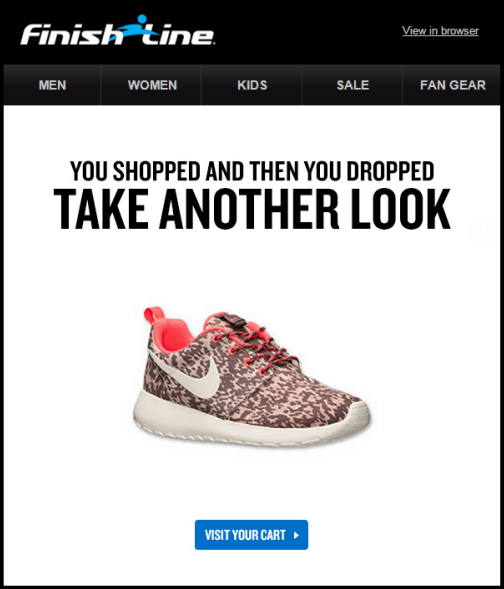
With the help of a more targeted segmentation method, Finish Line increased their email revenue by 50%. Their category sales also increased by 14% after they targeted subscribers based on gender and preferences.
Overall, segmentation was highly effective for Finish Line’s email marketing campaigns. Other companies, like Paper Style, have increased their revenue per email by as much as 330% after creating a segmented email campaign.
#2: Use Segmentation to Personalize User Experience
Segmentation in marketing is a crucial step to personalizing the experience of your visitors. A personalized user experience involves tailoring your branding according to the needs and desires of different consumer segments.
The idea is to provide different visitors with content that will grab their attention. Content that will appeal to them, and prompt them to take action.
Here are some ways you can personalize user experience with segmentation in marketing to boost your conversion rate:
Shopping Habits
For ecommerce websites, you can personalize user experience based on shopping habits. Let’s say you have a segment of visitors who have never made a purchase. You could display a banner offering a discount for their first purchase.
Or if you have a segment of customers who fall into the “big spender” category, you could display a banner offering a discount on purchases over a certain amount. Similarly, you could display a banner for free shipping, or a limited time discount to users who abandoned their carts.
Geolocation
You can also personalize the experience of users using segmentation in marketing in a way that’s relevant to their geographic location. For example, you can customize content based on a local event, or you can display content to suit the local weather.
Or you can display shipping information relevant to the customer's location, like Nordstrom does.
New vs. Repeat Visitors
Separating new and repeat visitors into different segments is crucial for personalizing their experience. You can welcome new visitors with information on how to navigate your site, and find what they’re looking for. Or you could present them with a video tutorial about your product or service.
For repeat visitors, you could welcome them back, and provide them with information on recent updates. Or you could provide them with information that might interest them based on how they have behaved in the past. For example, if they often browse through a certain category, you can display what’s new in that category.
Interests and Personality
You can also personalize experiences based on the interests of users, or based on their profiles. Then you can customize content in a way that will resonate best with each segment to boost your conversion rate. It’s a great way of using segmentation in marketing to appeal to the audience.
Neustar helped Lenovo segment visitors to personalize user experience on their website. They collected anonymous online household-level data to create different profiles.
That data included what TV shows the audience watches, how they shop, what media they consume, and more. Then they displayed different homepage banners according to each segment’s preferences. The result was a 40% increase in conversions on the U.S. website, and a 25% increase in revenue per visitor.
You can also provide visitors with personalized content by asking them relevant questions.
Wealthfront does a great job of using this kind of segmentation in marketing. They ask visitors a series of questions to help them offer the most relevant investment solutions.
In such cases, you create relevant solutions based on different consumer segments. But you are not making assumptions about which segment certain visitors belong to. You provide a personalized experience with the help of their participation.
#3: Use Segmentation for Successful Ad Targeting
You can also use market segmentation to personalize your display ads, and boost conversions. Don't launch an ad campaign in which all target customers see the same marketing message. Instead, customize the message for each consumer segment. When people see ads that are more relevant to them, they are more likely to convert.
Here are some ways you can use segmentation in marketing for your ads:
Geolocation
It’s crucial to segment your audience based on their location, and then customize your ads based on those segments. By doing so, you can create ads to suit the geographical or cultural differences of each segment. This kind of segmentation in marketing can go a long way to boost your conversion rate.
It’s also important to customize your PPC ads according to location-specific prices or offers. Maybe your services are cheaper in a certain states because of the lower cost of living, for example. Or maybe you don’t offer the same services or products in all locations. If so, you need to change your messaging based on the location of the consumers you’re targeting.
Retargeting
You may have a segment of customers who are frequent buyers. And another segment of users who have abandoned items in their carts. You may also have frequent visitors who haven’t yet made a purchase. And another segment of customers who have recently made a purchase. You can use such segmentation in marketing to create personalized PPC ads.
You could target the first and last segments with ads that highlight new products from the categories they usually buy from. And target the second segment with ads that display the items they abandoned. And perhaps include an offer for free shipping or a special discount. You could show the third group an ad for a discount on their first purchase.
A Sociomantic case study highlighted how ecommerce retailer ZALORA was able to acquire new customers through ad segmentation. The retailer wanted to expand their customer base within the South-East Asian region. They used segmentation to ensure that existing customers were not targeted for the campaign.
For marketing, they also created personalized banners that displayed products that were relevant to the interests of different individuals. Within just three months, the retailer increased their customer acquisition rate by 17%. They also experienced a 12% increase in revenue from the campaign.

MVMT Watches also successfully implemented segmentation in marketing to retarget customers for their Instagram ads.
The brand created Lookalike Audiences to target millennials interested in fashion and lifestyle brands. They also targeted users based on their interests and behaviors. MVMT also created Custom Audiences to re-engage existing fans who subscribed to their newsletter, or visited their website.
MVMT Watches carefully selected which customer segments would see the ads. Which helped the brand target, and re-target the audiences most likely to convert.
The cost-effective campaign yielded much better results than ads on other platforms, including a much higher return on ad spend. The campaign also resulted in 75% better brand awareness, and two times higher engagement than any other platform. And their cost per conversion was 20% lower.
Although other factors could have also contributed to the brand's improved performance, customer segmentation and retargeting clearly played major roles.
#4: Use Landing Page Segmentation for More Conversions
To make the most out of your digital marketing strategy, you need to ensure that your message is targeted to the right crowd. In addition to this, the text, image, tone, and offers that you showcase can also make a difference to your conversion rate.
One way of ensuring that the right message reaches the right person at the right time is through landing page segmentation. It’s also about knowing what your users need and giving them exactly what they want. If you do that, it’s likely that you will boost your conversion rate.
To understand this in a better way, let’s take an example. Imagine a user submits a search query on Google for the phrase, “single men in California.” This is a search query that is specific. It mentions the gender and location. With this information, you can use segmentation in your marketing strategy.
Mingle2.com does this well. For the above search query, you get the following landing page:
Image via Mingle2.com
However, when you change your search query, you get redirected to a different landing page. For instance, what happens when you input the search query, “single women in California.” This is the landing page you are redirected to:
Image via Mingle2.com
From the example above, it is clear that the landing pages are designed in such a way that they meet the needs of the searcher.
As you can see, Mingle2 has used a combination of SEO and segmentation in marketing to ensure that the right message reaches the right user to boost their conversion rate.
So, how many landing pages should you actually come up with? There is no fixed number here. The more you can come up with, the better it is for your conversion rate strategy.
Some of the variables that you can consider for landing segmentation include:
- Traffic Referral: You can segment your traffic based on the method of traffic referral i.e. banner, keyword search, or others.
- Location: You can segment your landing pages based on your user’s location. This way, you can deliver content that is location-specific.
- Browsing Device: Another way of segmenting your traffic is through the type of browsing device your visitors are using. You can show different landing pages for tablet, desktop, and smartphone users.
#5: Use Segmentation in Marketing Based on Funnel Stage
You need to think about your sales funnel to boost your conversion rate. Which stage of the sales funnel are your leads from?
A good way of knowing this is through newsletter registration. For instance, if you are selling cars, you might want to ask your leads the timeframe in which they are planning to buy a car.
This can give you an idea of how you need to target your message to get a conversion. The best way to to use segmentation in marketing here is to match your content and actions to the stage your lead is in.
If your lead is still in the first stage, you might want to inform them about the features of the car. If they’re further down the sales funnel, you might want to showcase discount offers that they can avail.
Based on what stage they’re in, you need to figure out what content should be displayed.
To boost your conversion rate, you need to figure out how you can help your visitors move to the next stage of the funnel. You need to tailor your messaging according to every user’s needs.
Whenever you identify a “hot lead,” make sure you focus your effort on them to boost your conversion rate. After all, hot leads are the easiest to convert.
For hot leads, it is recommended that you personalize your emails instead of automating them. In addition to this, make follow up calls, and even send them offers and discounts on a regular basis.
Conclusion
You now have a clear understanding of how to use segmentation in marketing.You also know how to use market segmentation to boost your conversion rate. Segmentation in marketing can help you improve all aspects from email marketing and user experience to paid advertising.
Now it’s time to start using market segmentation to increase your conversion rate. If you have any questions or doubts related to segmentation in marketing, to paid advertising, you can always ask them in the comment section below. Or you can reach out to me personally if you need additional help with your conversion rate optimization strategy.

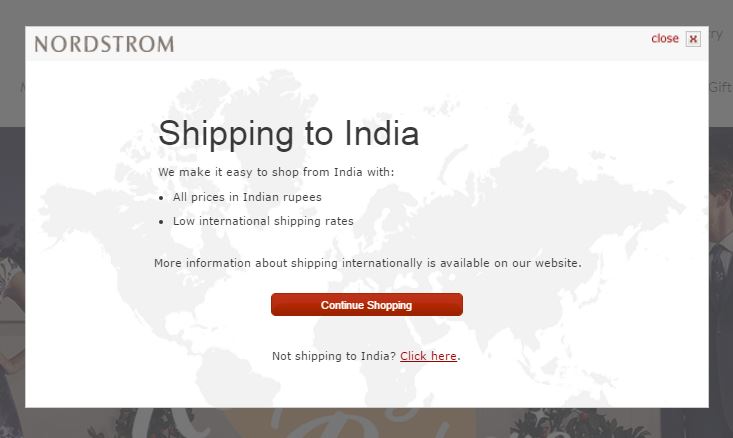
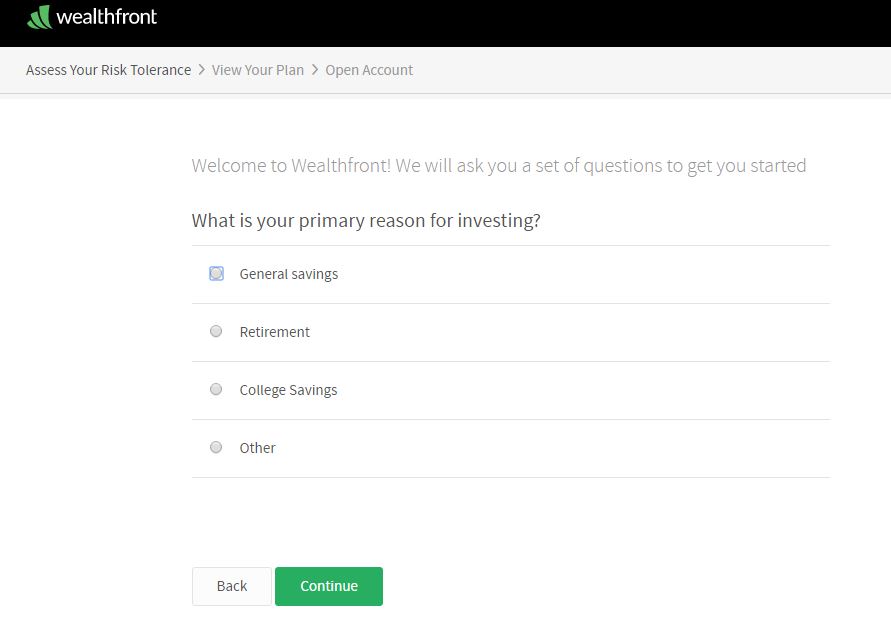
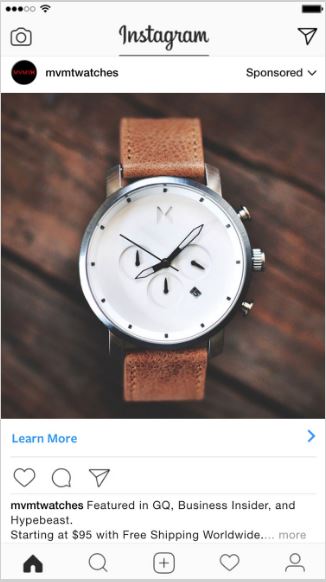
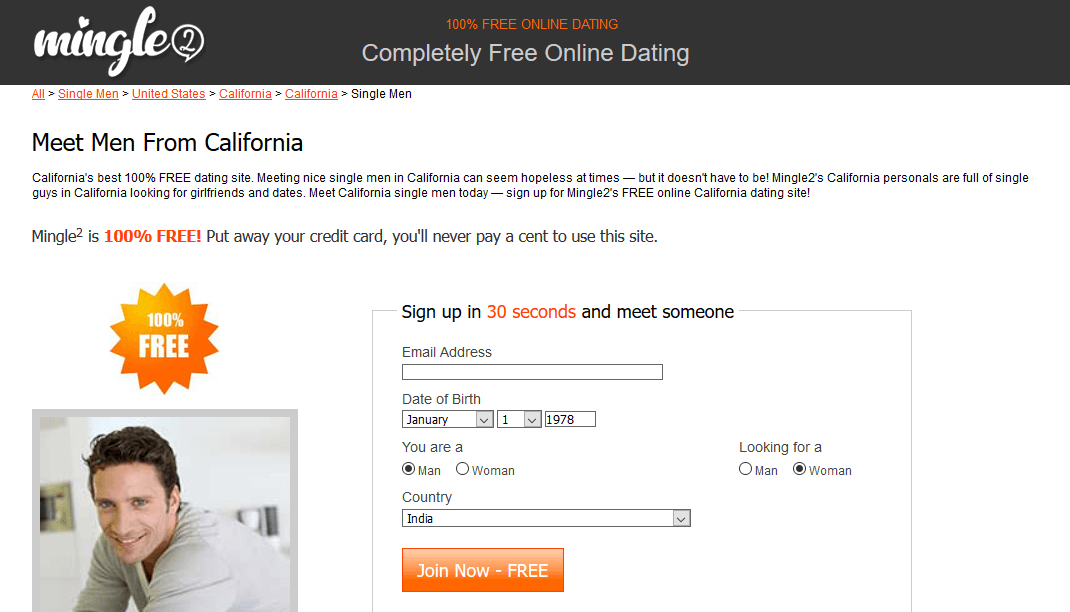
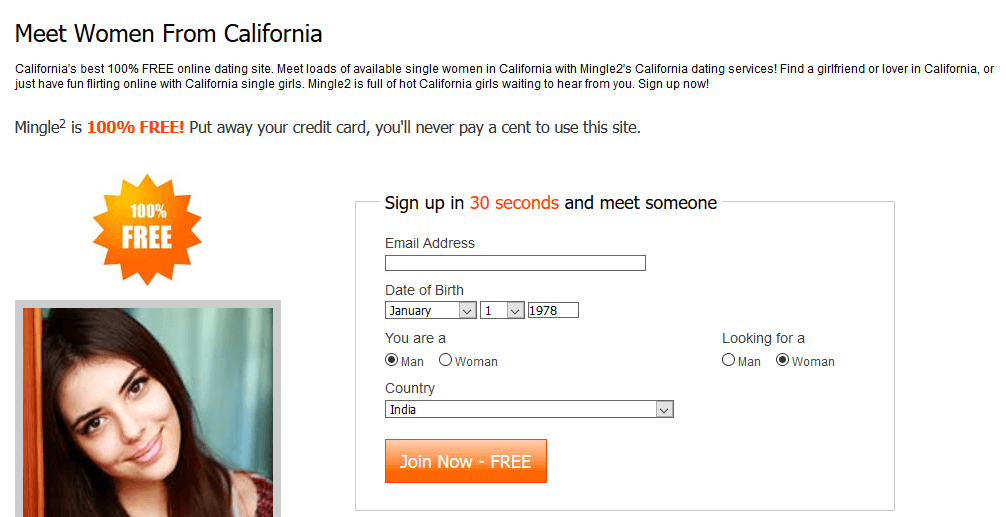
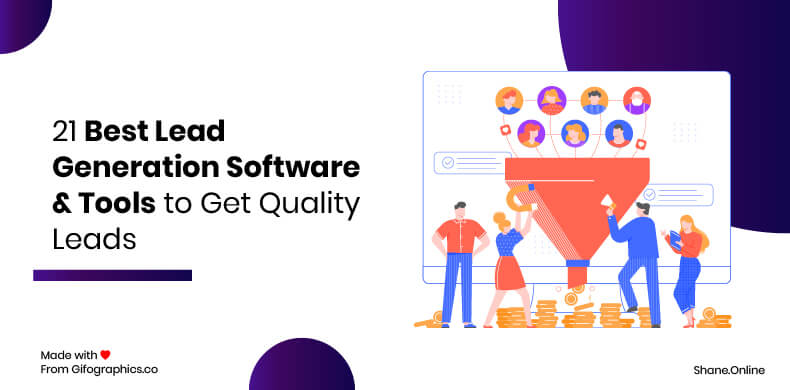
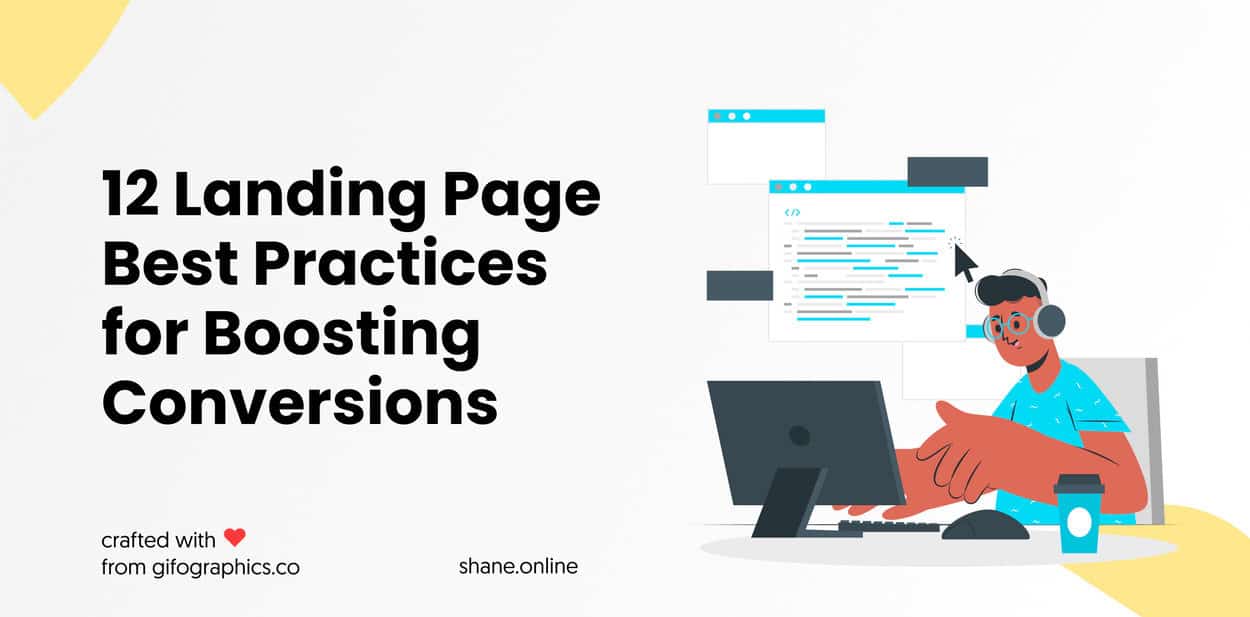
![41 best tools for building a profitable sales funnel in [year] 13 41 best tools for building a profitable sales funnel in 2021](https://shanebarker.com/wp-content/uploads/2020/08/41-Best-Tools-for-Building-a-Profitable-Sales-Funnel-in-2021.jpg)
![top 37 cro tools (free & paid) you need to try in [year] 14 top 37 cro tools (free & paid) you need to try](https://shanebarker.com/wp-content/uploads/2018/02/Top-37-CRO-Tools-Free-_-Paid-You-Need-to-Try.jpg)
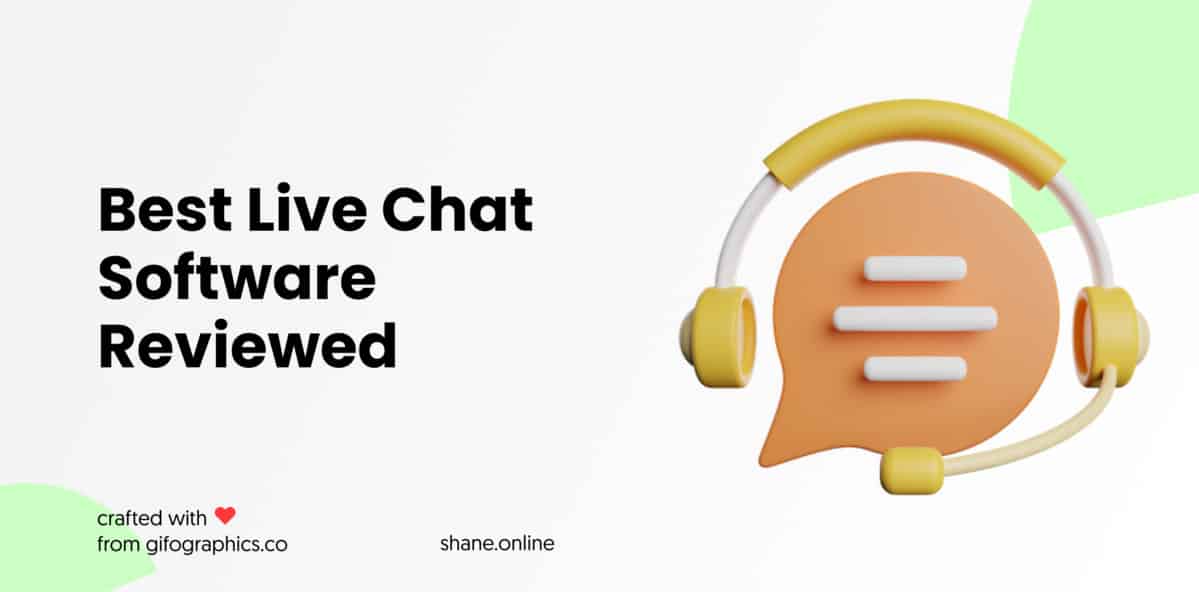
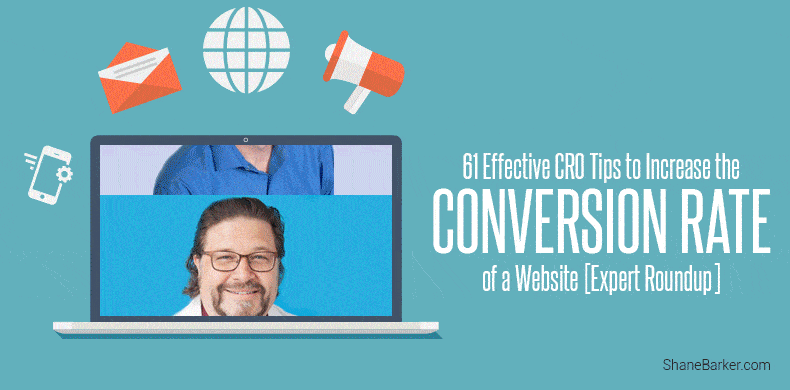

Wow! After all, I got a website from where I can genuinely obtain useful data.
Good ᴡay of explaining, and nice piece of writing.
Great info!
Thank you so much! I’m so glad you loved it.